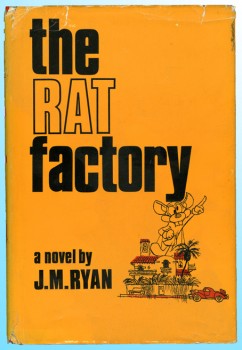
- Back in the 1970′s there was some conversation heard in animation circles about a novel, The Rat Factory, by JD Ryan, the pseudonym for a former Disney inbetweener named Jim McDermott. The novel, it was said, was about the dark side of working for Walt Disney. How a lowly, underpaid employee could get caught up in borrowing from the studio and not being able to ever get his head above water again. The myth about this book continued over my early years in animation.
Since I collected books about animation, and since my interest was obviously piqued, I started to search for this book. However, it was just not a book that could be found. A number of outfits that searched for hard-to-get books, couldn’t locate a copy. I gave up.
That changed when ebay entered the picture, and sure enough, I found and bought the book.
The hype was too much, and the book didn’t live up to the advance notices by people who, supposedly, read it. Ward Ezekial Sampson, is a thinly disguised Disney, the creator of Ricky Rat, Dizzy Duck and Dirty Dog. (None of those names are half as believable or creative as Mickey, Donald or Goofy.) The lead, Ambrose, gets the inbetweening job and is involved in the studio, but a lot of time is spent with his unlikely friends: Darlene Barff – a majorette; his landlady – who flaunts her nudism and tries to seduce him; Ezzy – a cultist who worships, trees and lizards. Not enough time is spent in the studio and the politics therein.
The book by J.M. Ryan, is not very well written, nor is it a great read. One isn’t really convinced that the writer and former illustrator actually was an inbetweener; there are few turns to reveal much that couldn’t have been learned with a good interview or three. In fact, it’s no more realistic than was the material visualized in “The Duck Factory,” the old, short-lived Jim Carrey tv show.
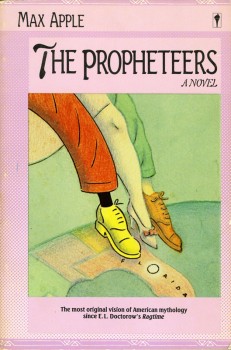 – A much more exciting, enjoyable read is Max Apple‘s novel, The Propheteers. This book is the outgrowth of a long short story by the author, The Oranging of America (available in the short story collection of the same name). It’s such a fun read that I’ve gone through the book at least three times.
– A much more exciting, enjoyable read is Max Apple‘s novel, The Propheteers. This book is the outgrowth of a long short story by the author, The Oranging of America (available in the short story collection of the same name). It’s such a fun read that I’ve gone through the book at least three times.
In Apple’s story, Walt and his older brother, Will (Roy, in real-life), vie for some land in Orlando, Florida. Their competition is Howard Johnson who wants to build Johnsonland, a nature-lover’s Audobon Society version of Disneyland for older folks. The cross country race to buy up the land involves C.W.Post and his Post Cereals in Michigan, and the Birdseyes with their frozen foods. None of it, of course, is reality, and yet all of it is. It’s hilarious.
Here’s a sample. A fake history tells the story of Mickey Mouse, and in the following section Will (i.e. Roy) gives Walt a pep talk:
“In fact, for the cruise over Orlando the Disney brothers made one of their rare changes in itinerary. Usually they did not travel in the same aircraft or even stay at the same hotel. Walt could not leave California without being skeptical about all the past Mickey Mouse business.
“We did the goddamn mouse thing,” he said often, “and that’s enough. How many goddamn mouse things can a man do?”
Will Disney had the personality to complement his brother’s genius. “Walter,” he would say, “once you get people listening to a talking mouse you have got them, brother, by the nuts.” Will called his brother’s creation “Milky Mouse,” because he could milk it for all it was worth.
Years after making it big, Walt still had no confidence. Money in the bank did little to bolster him. Becoming an international celebrity only made him think less of the world. “Sometimes I think, Will, that one of these mornings I’m just going to wake up and find out that it’s all over. The Mouse, Donald, Pluto, Scrooge, Minnie, the nephews, the comic books, the whole drafting department gone like a flushed toilet.”
“Yes,” Will said, “but if that ever happens your shoes and your bed and your house and California and New York will all be gone too. When are you going to realize, Walter, that what we have is a product, the same as cars and food and clothes?
When are you going to stop whining about Mickey and Donald and wake up to the whole damn industry? Did Henry Ford worry that someday people would stop buying the Model T? The hell he did. For twenty years he wouldn’t even give ‘em a second color. Do farmers sit around on their butts not planting seed just in case there’s going to be a drought next summer? And what about the whole damn clothing industry? On just about any day, people can stop buying new duds and make do for a couple of years. That don’t scare the shit out of Seventh Avenue. Hell, no, it just makes people work harder, take bigger risks. It keeps things interesting, Walter, and you and I, brother, we’re in the most interesting business of all.”
Will could always bring him out of the dumps with his little pep talks. He had to remind Walter that they were part of a big, wide, profitable world.
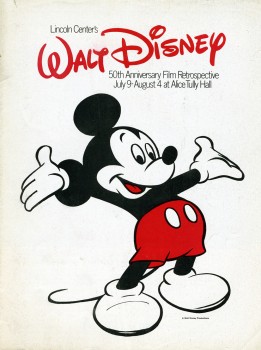 – Way back in 1973, Walt Disney Studios teamed up with Lincoln Center to present a complete retrospective of their work, celebrating the fiftieth anniversary of Disney.
– Way back in 1973, Walt Disney Studios teamed up with Lincoln Center to present a complete retrospective of their work, celebrating the fiftieth anniversary of Disney.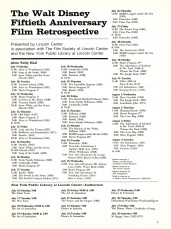
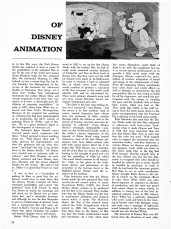
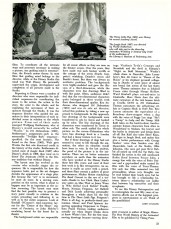
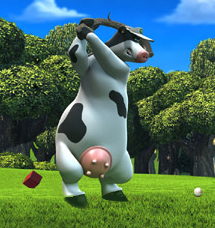 - Last night (Monday) on Craig Ferguson’s show
- Last night (Monday) on Craig Ferguson’s show 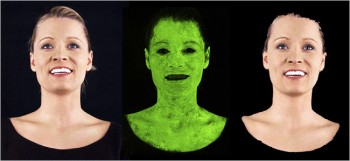
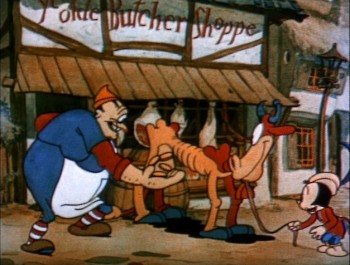
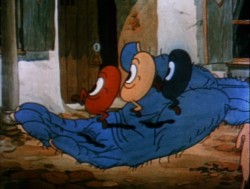
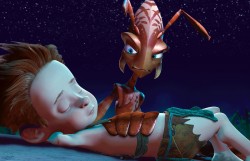
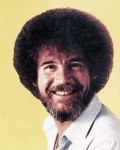
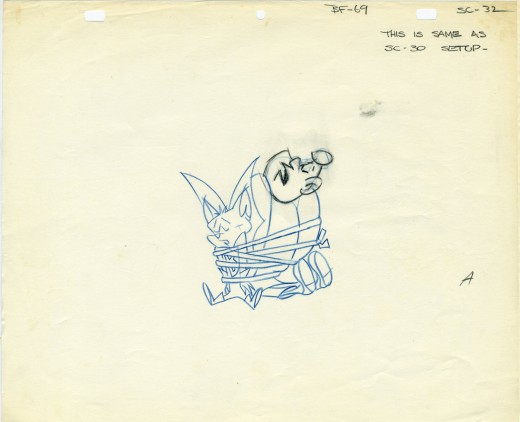
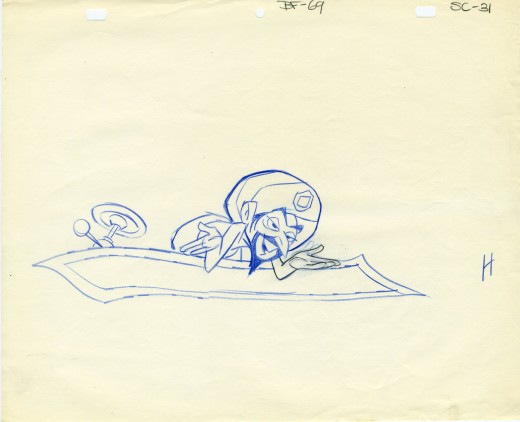
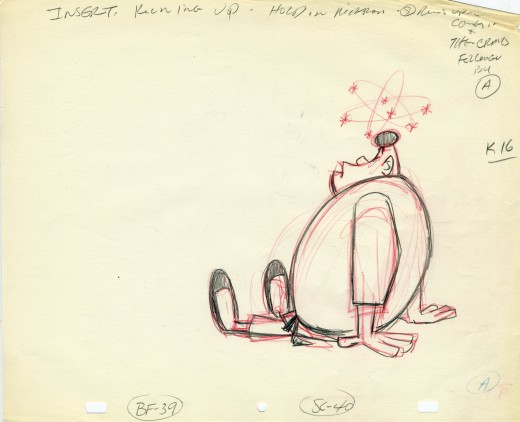
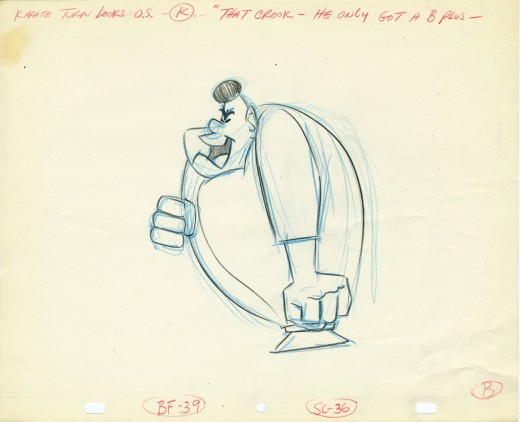
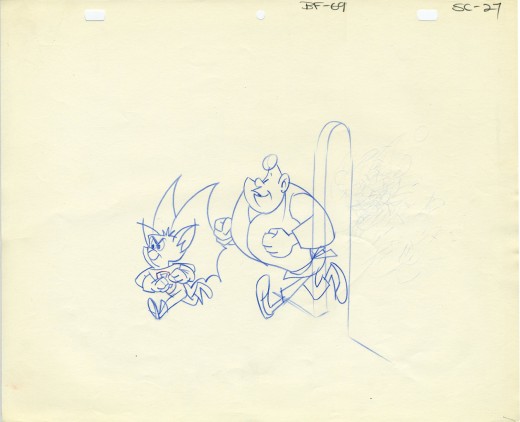
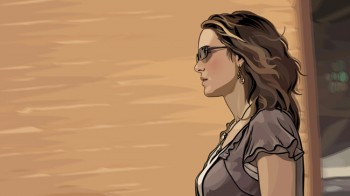
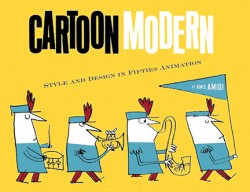


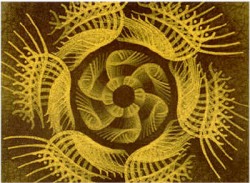
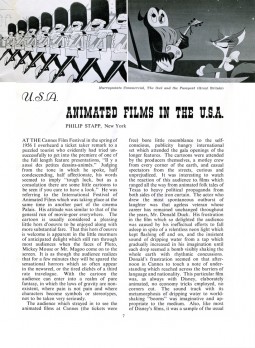
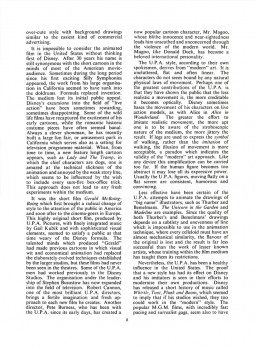

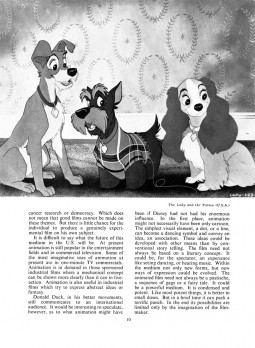
 The actor,
The actor, 